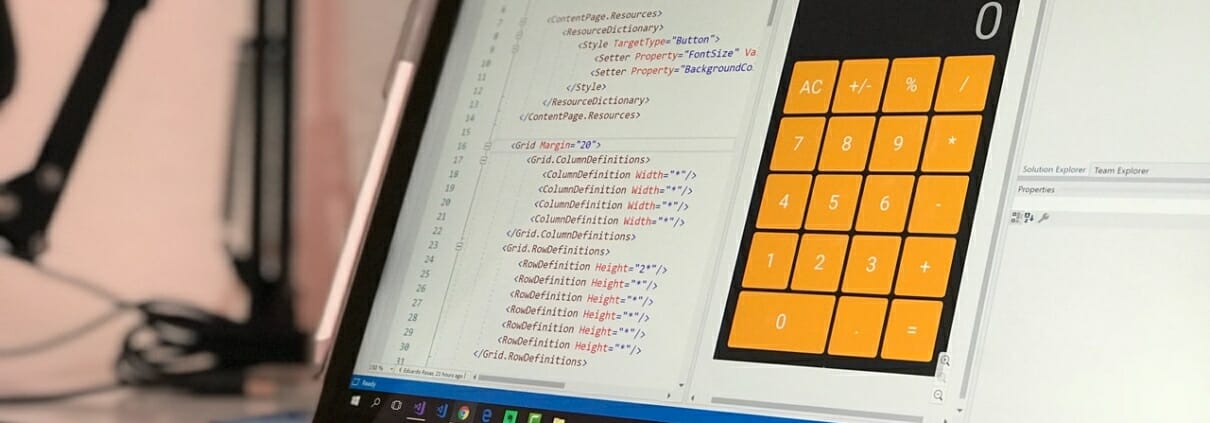App Development: Why Building A Prototype Is Beneficial
Your team may be sitting on the fence about whether or not to build a prototype. And it’s worth considering if you have ideas that you need to test out. Moreover, in today’s Agile environments, rapid application development (RAD) is commonplace. So, if you want to hit the ground running with your next project, building a prototype could be a wise choice.
Benefits Of Software Prototyping
One of the most efficient and quickest ways to get an app up and running is through prototyping. Think of a prototype as the first draft of how the finished product will end up. It will showcase the core idea of your app with the bare minimum engineering and functionality. Now, that may not sound very interesting, but it could achieve the following goals for your team:
- Reassuring stakeholders – Investors and other stakeholders in your enterprise may require assurance that your upcoming project is feasible. A mockup of your app may not always be convincing, but a working prototype can potentially win them over.
- Gaining Insight – Even at this early stage, your prototype will receive both positive and negative feedback. And this feedback is invaluable, as it will help you finetune your app long before its official release date.
- Improving Workflow – Software prototyping is a great way to improve workflow. You’ll make use of modern rapid application development tools and methodologies, which will help you get future apps out the door faster.
Tools To Help You Build A Prototype Faster
Software prototyping should save you time. So, there’s no reason to commit to writing thousands of lines of code to get your ideas across. Luckily, there are plenty of excellent rapid application development tools in the marketplace to help you out with this.
- Bolt – It’s a visual scripting plugin for Unity, allowing mobile game & AR/VR developers to conceptualize without writing any code.
- Fluid UI – Aimed at mobile and web developers, Fluid UI makes it child’s play to create visually impressive user interfaces (UIs) in minutes.
- Justinmind – Create prototypes and wireframes in record time, with quick and easy deployment to Android, iOS, and the web.
- Principle – Principle is a powerful and flexible tool that brings animation and interactive UIs to the forefront.
- Xojo – With its beginner-friendly programming language, built-in native controls, and drag and drop system for creating UIs, Xojo makes software prototyping easy.
Why A Prototype Is Not A Minimum Viable Product (MVP)
It’s all too easy to mistake a prototype for an MVP, as they share many similarities. But there are a few key points that we need to discuss. Primarily, a prototype’s purpose is to pitch an idea to company stakeholders and investors. Secondly, its creation should take up the least amount of development time and company resources possible. And thirdly, the prototype is only meant to receive a reaction from stakeholders and investors and not end-users, and whether it’s a project that should receive the greenlight.
After its approval, the project will move past the prototyping phase as either an MVP or a full-fledged app. With the MVP, you’ll actively test the product and the reaction of the end-users. Moreover, their feedback will determine whether or not they’re the right audience for your app and its feasibility.
The Bottom Line
While it’s not always necessary to build a prototype, there are times when it’s a sensible choice. If you’re excited about moving forward with an idea but are unsure if it merits development, then you’ll need to reach out to company stakeholders. And there’s no better way to do this than with a prototype. Contact us today to learn how NS804 can help you conceptualize and develop phenomenal apps.





Leave a Reply
Want to join the discussion?Feel free to contribute!